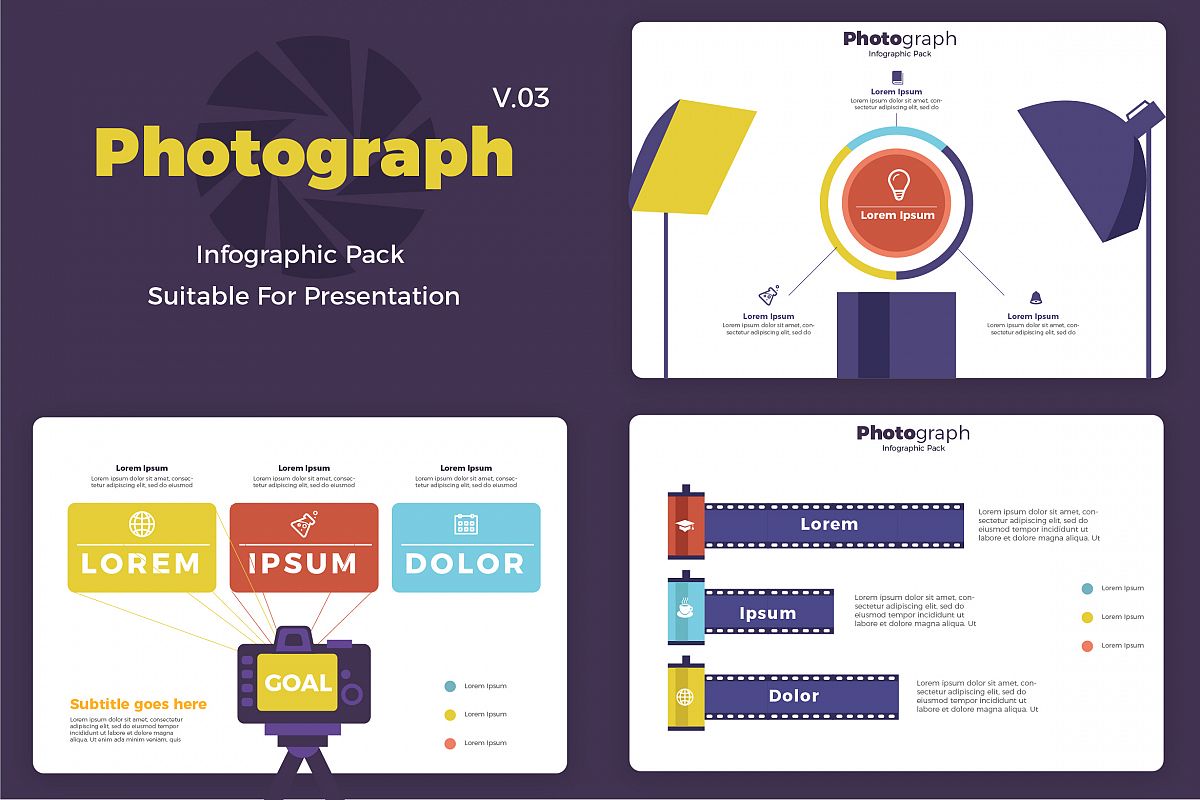Transform Your Digital Photography By Grasping Lighting Techniques That Can Boost Your Pictures-- Uncover The Typical Risks That Could Be Holding You Back
Transform Your Digital Photography By Grasping Lighting Techniques That Can Boost Your Pictures-- Uncover The Typical Risks That Could Be Holding You Back
Blog Article
Published By-Rogers Covington
As a professional photographer, you know that lights can make or break your photos. Understanding the nuances of both natural and artificial light is essential for recording the mood and clarity you aim for in your work. Whether you're going after the perfect gold hour glow or adjust your man-made configurations, understanding these aspects can raise your digital photography significantly. Yet there prevail mistakes that lots of forget, and recognizing them can change your approach to every shoot. Allow's explore what you could be missing and exactly how it can affect your results.
Recognizing Natural Light
Understanding natural light is critical for any kind of professional photographer aiming to enhance their work. It's the foundation of excellent photography, influencing mood, tone, and clearness. When you shoot outdoors, take notice of the time of day. The gold hour-- shortly after sunup and before sundown-- uses soft, warm light that can transform average scenes right into spectacular photos.
Do not ignore the power of overcast days. Cloud cover diffuses sunlight, producing a soft, even light that's best for portraits and macro digital photography. https://squareblogs.net/trenton686mohamed/discover-to-reveal-your-distinct-photographic-design-by-discovering 'll discover colors pop in this kind of lights without harsh shadows.
Placing matters, as well. Always consider your subject's positioning to the light. If the sunlight's behind your topic, you may wind up with a silhouette, which can be significant but mightn't be what you want. On the other hand, direct sunlight can produce unflattering darkness.
Experiment with angles; sometimes, changing your viewpoint can generate incredible outcomes. Usage natural reflectors, like water or sand, to jump light onto your subject, adding measurement.
Learning Artificial Light
Mastering man-made light is essential for digital photographers that wish to take their skills to the next degree. Whether you're using speedlights, workshop strobes, or constant lights, understanding exactly how to adjust these sources can significantly boost your images.
Beginning by familiarizing on your own with the fundamentals of light high quality, instructions, and shade temperature. Explore various modifiers like softboxes, umbrellas, or grids to manage the soft qualities or cruelty of the light.
You'll locate that soft light typically develops flattering outcomes, while harsher light can add dramatization and depth. https://blogfreely.net/florinda72nidia/innovative-ways-to-market-your-photography-solutions shy away from darkness; they can boost the three-dimensionality of your subjects.
Pay close attention to the placement of your lights. https://www.popphoto.com/tips-pro-microscopic-photography/ positioned also near to your topic can produce unflattering outcomes, while as well far can lead to a lack of detail. Use a light meter or your video camera's pie chart to guarantee you're revealing correctly.
Finally, bear in mind that artificial light can be mixed with ambient light for imaginative results. Stabilizing these resources could take technique, once you master it, your digital photography will absolutely radiate.
Techniques for Different Scenarios
When you step into different capturing situations, adapting your lights techniques is important for recording the most effective pictures. For exterior pictures, utilize the gold hour-- early morning or late afternoon light-- to soften darkness and enhance skin tones.
If it's an extreme lunchtime sun, think about making use of a reflector to bounce light back onto your subject or look for shaded locations for a much more even exposure.
In low-light circumstances, like indoor events, enhance your ISO and utilize a wide aperture to let in more light. A tripod can assist eliminate video camera shake, permitting longer exposures without obscuring.
If you're shooting at night, try out off-camera flash to develop dynamic illumination and deepness in your pictures.
For item digital photography, use diffused illumination to avoid severe representations. Softboxes or light outdoors tents can help achieve this impact.
When photographing landscapes, consider the direction of light and time of day, as it can substantially alter the mood of your shot.
Always be ready to adjust your settings and positioning based upon the circumstance, as versatility is crucial to mastering lighting in photography.
Final thought
To conclude, grasping lights is vital to raising your photography skills. Embrace natural light's beauty throughout golden hour, and don't avoid try out artificial light methods. By adjusting your strategy to various situations, you'll capture magnificent images that resonate with emotion and clearness. Bear in mind, the ideal lighting can change a common shot into something extraordinary, so keep practicing and improving your understanding of both all-natural and fabricated light. Pleased capturing!
